American cuisine has some pretty wild combinations that make perfect sense to us but leave visitors scratching their heads. From strange flavor pairings to unusual cooking methods, these dishes represent the creative spirit of American cooking. Many of these foods have become so normal to Americans that we forget how bizarre they might seem to someone trying them for the first time.
1. Peanut Butter and Jelly Sandwiches
Nothing says American childhood like the classic PB&J, but visitors often find this combination absolutely baffling. The idea of mixing sweet jam with salty, creamy peanut butter seems wrong to many cultures.
Most countries eat peanut butter as a savory ingredient, not something you pair with sugary spreads. The texture contrast between smooth peanut butter and chunky jelly also throws people off.
However, once foreigners try this iconic sandwich, many become converts to its simple genius and nostalgic charm.
2. Chicken and Waffles
Sweet breakfast waffles topped with crispy fried chicken create one of America’s most confusing food combinations. Europeans especially struggle with this dish since they typically keep sweet and savory foods completely separate.
The concept of eating syrup-drizzled waffles alongside seasoned chicken breaks traditional meal rules. Many visitors wonder if it’s breakfast, lunch, or dinner.
This Southern-born combination gained popularity nationwide, but explaining why we eat dessert-like waffles with spicy chicken remains challenging to confused international guests.
3. Biscuits and Gravy
Fluffy buttermilk biscuits smothered in creamy sausage gravy confuse visitors who expect biscuits to be sweet cookies. The American definition of biscuits as savory bread rolls already throws people off.
Adding thick, peppered gravy made from sausage drippings creates even more confusion. Many cultures find this heavy, beige breakfast completely overwhelming.
The portion sizes and richness of this Southern comfort food often shock international visitors who prefer lighter morning meals with fresh ingredients.
4. Deep-Fried Butter
State fairs across America feature deep-fried butter as a novelty treat, leaving international visitors absolutely speechless. The concept of coating butter in batter and frying it seems impossibly excessive to most cultures.
Many foreigners assume this must be a joke until they see people actually eating it. The idea of consuming pure fat wrapped in more fat challenges their understanding of food.
While even many Americans find this extreme, it represents the “go big or go home” attitude that characterizes American fair food culture.
5. Spray Cheese
Cheese that comes in an aerosol can and sprays directly into your mouth horrifies visitors from cheese-loving countries. The artificial orange color and processed texture seem completely wrong to Europeans accustomed to aged cheeses.
The convenience factor that Americans love about spray cheese doesn’t translate well to cultures that value traditional food preparation. Many visitors can’t believe we call it cheese at all.
Watching Americans spray this product onto crackers or directly into their mouths creates unforgettable culture shock moments for international guests.
6. Root Beer
America’s beloved root beer tastes like medicine to most international visitors, who often compare it to cough syrup or toothpaste. The wintergreen and sassafras flavors that Americans grew up with seem completely artificial and undrinkable to outsiders.
Many countries don’t have similar flavored sodas, making root beer an uniquely American taste experience. The dark color combined with the medicinal flavor creates immediate rejection in most foreign palates.
Even when visitors try to appreciate this classic American beverage, the flavor profile remains too strange and overwhelming for most to enjoy.
7. Twinkies
Golden sponge cakes filled with mysterious cream filling puzzle visitors who wonder how these treats stay fresh for months. The artificial ingredients and preservatives that keep Twinkies shelf-stable seem impossible to many cultures.
The overly sweet flavor and strange texture don’t match what most countries consider proper cake or pastry. Many visitors find the chemical aftertaste completely off-putting.
The fact that Americans consider these iconic snacks worth eating, let alone loving, remains one of the most baffling aspects of American junk food culture.
8. Corn Dogs
Hot dogs dipped in cornmeal batter and deep-fried on sticks create one of America’s most puzzling fair foods. The combination of processed meat wrapped in sweet corn coating seems bizarre to most international visitors.
Many cultures that value fresh, unprocessed foods find the concept of batter-coating an already processed sausage completely unnecessary. The stick presentation adds to the confusion about whether it’s a meal or a snack.
Watching Americans enthusiastically eat these golden, crispy creations while walking around fairs leaves many visitors questioning American food priorities and preparation methods.
9. Marshmallow Fluff
Jars of spreadable marshmallow cream confuse visitors who can’t understand why Americans would want to eat pure sugar paste. The idea of using this as a sandwich filling, especially in fluffernutter sandwiches, seems completely wrong.
Most countries don’t have similar products, making marshmallow fluff a uniquely American creation. The artificial vanilla flavor and sticky texture create immediate confusion about its purpose.
International visitors often mistake it for hair gel or some other non-food product until they see Americans actually spreading it on bread and eating it with apparent enjoyment.
10. Turducken
A chicken stuffed inside a duck stuffed inside a turkey represents American excess at its most extreme. This Louisiana creation leaves international visitors completely bewildered by its complexity and size.
The engineering required to create this meat masterpiece seems unnecessarily complicated to cultures with simpler cooking traditions. Many visitors can’t understand why one type of poultry isn’t sufficient.
The sheer amount of meat involved in a turducken often overwhelms foreign guests who aren’t accustomed to such protein-heavy meals or elaborate food preparations for holidays.
11. Grits
Southern grits confuse visitors who can’t understand why Americans eat what appears to be flavorless white mush. The corn-based porridge lacks the sweetness most cultures associate with breakfast cereals.
Many international guests find the texture completely unappetizing and struggle to understand how butter and salt make it taste better. The bland appearance doesn’t help its case with skeptical visitors.
Even when prepared with cheese or shrimp, grits remain a mystery to most foreigners who prefer their corn in more recognizable forms like tortillas or polenta.
12. Ambrosia Salad
Calling a mixture of marshmallows, fruit, and whipped cream a “salad” completely baffles international visitors. This Southern potluck staple challenges every definition of salad that most cultures understand.
The combination of canned fruit, mini marshmallows, and coconut flakes mixed with mayonnaise or whipped cream seems more like dessert. Many visitors wonder how Americans convinced themselves this counts as a healthy side dish.
The artificial colors and processed ingredients typical in ambrosia salad create additional confusion for guests expecting fresh vegetables when they hear “salad.”
13. Meatloaf
Ground meat shaped into a loaf and baked puzzles visitors who wonder why Americans don’t just make hamburgers or meatballs instead. The concept of forming meat into bread-like shapes seems completely unnecessary.
Many cultures prefer their ground meat in more recognizable forms, making meatloaf appear strange and unappetizing. The dense texture and often dry result don’t help its international reputation.
The fact that Americans consider this a comfort food staple, often served with ketchup glaze, leaves many visitors questioning American cooking logic and flavor preferences.
14. Velveeta Cheese
Processed cheese that melts perfectly but tastes nothing like real cheese confuses visitors from countries with strong cheese traditions. The artificial orange color and plastic-like texture seem completely wrong to European palates.
Many international guests can’t understand why Americans choose this over aged cheeses with complex flavors. The fact that it doesn’t require refrigeration until opened adds to their confusion.
Watching Americans melt Velveeta for mac and cheese or queso dip creates culture shock moments for visitors who value traditional cheese-making methods and authentic flavors.
15. Garbage Plates
Rochester, New York’s famous garbage plates pile multiple starches together with meat and top everything with meat sauce. This chaotic combination of mac salad, home fries, and hamburgers on one plate confuses orderly eaters.
The name itself puts off international visitors who can’t understand why Americans would intentionally call food “garbage.” The appearance matches the name, creating an unappetizing first impression.
Despite tasting better than it looks, garbage plates remain one of America’s most confusing regional specialties, challenging visitors’ expectations about food presentation and combinations.
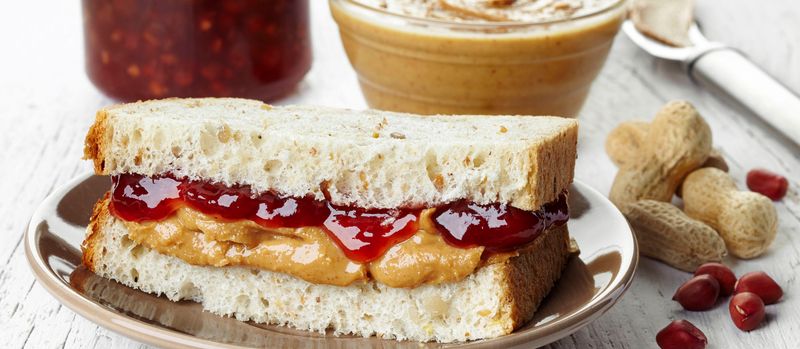
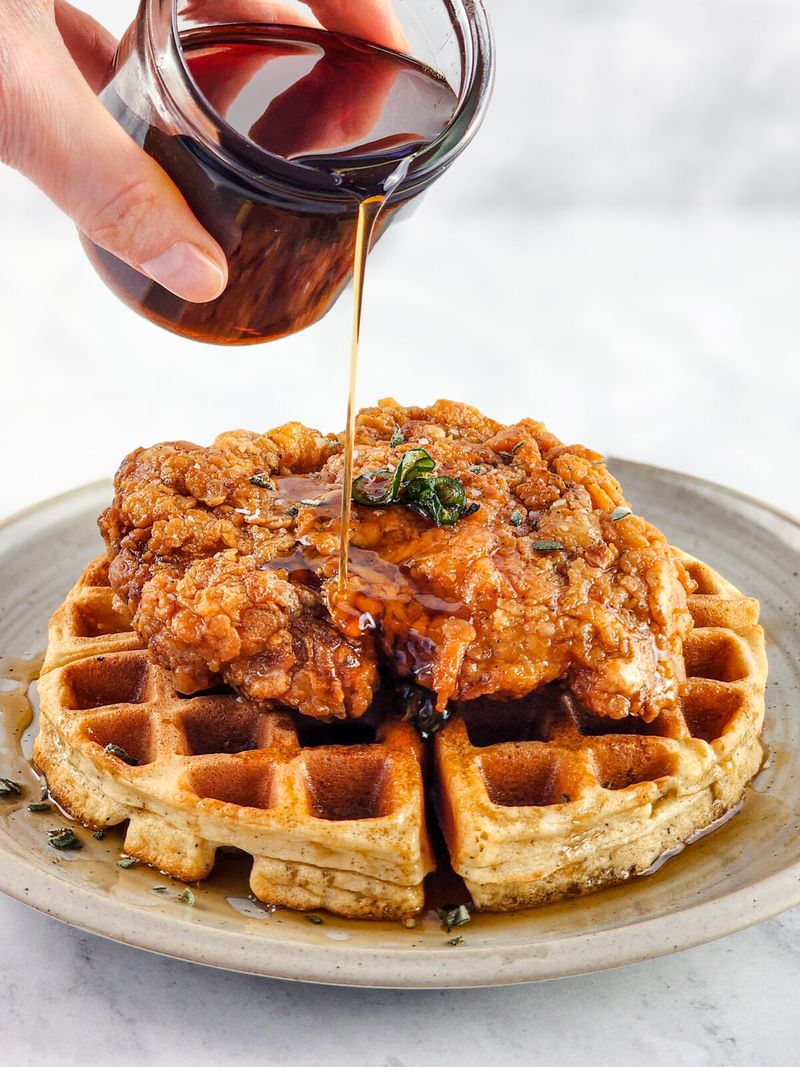

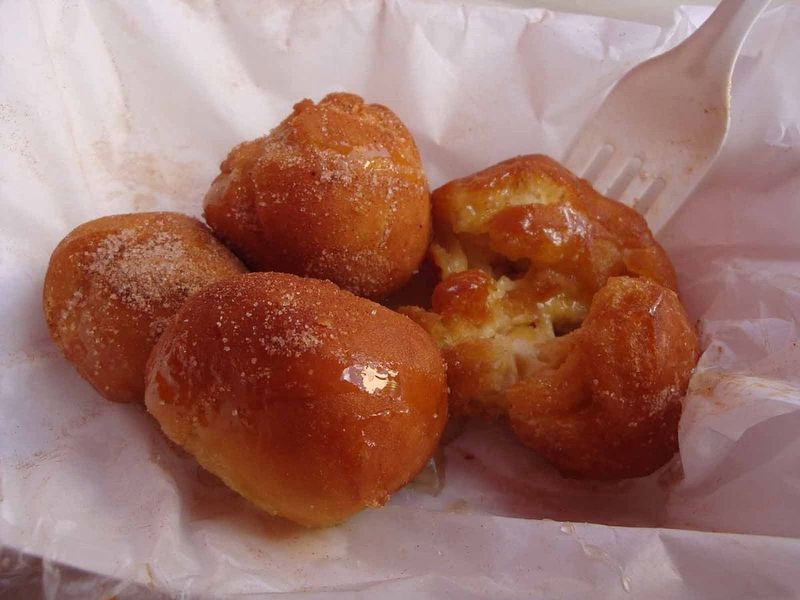

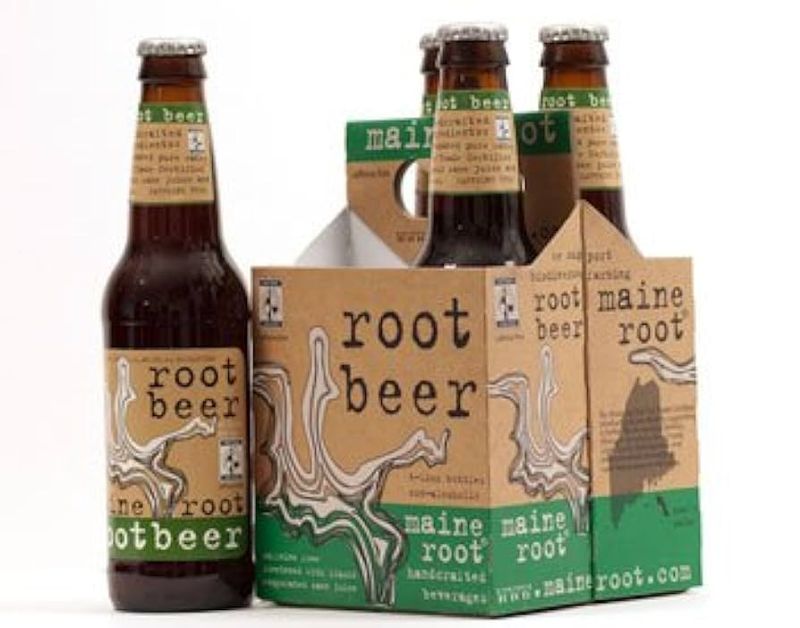
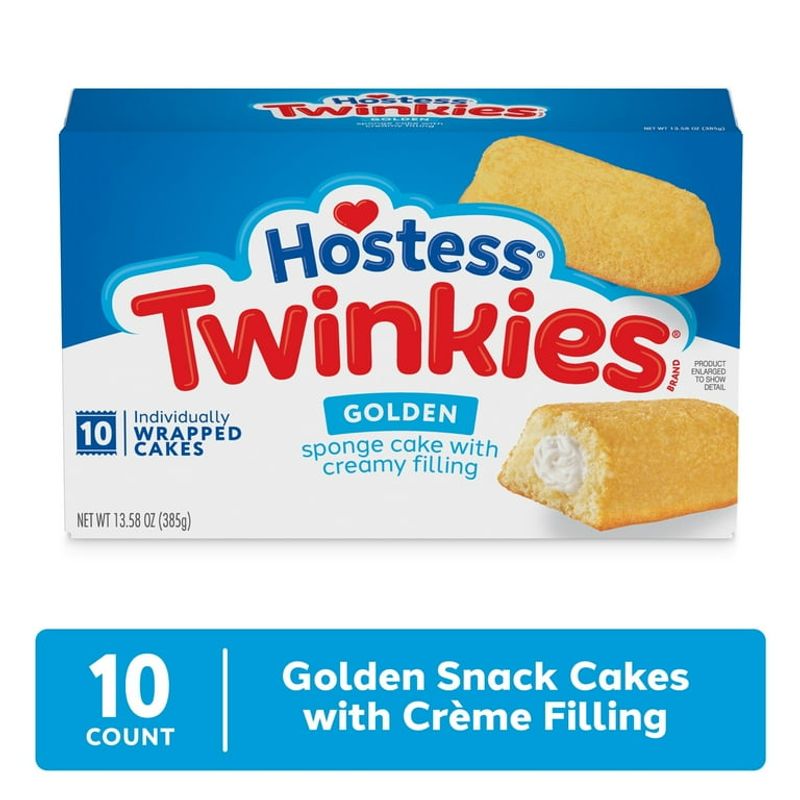
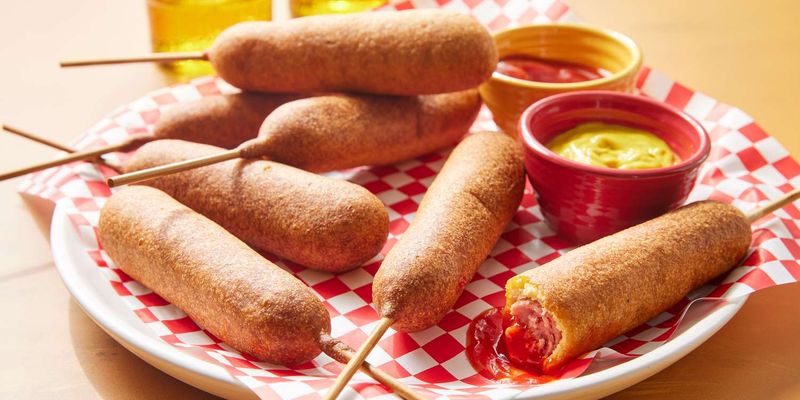

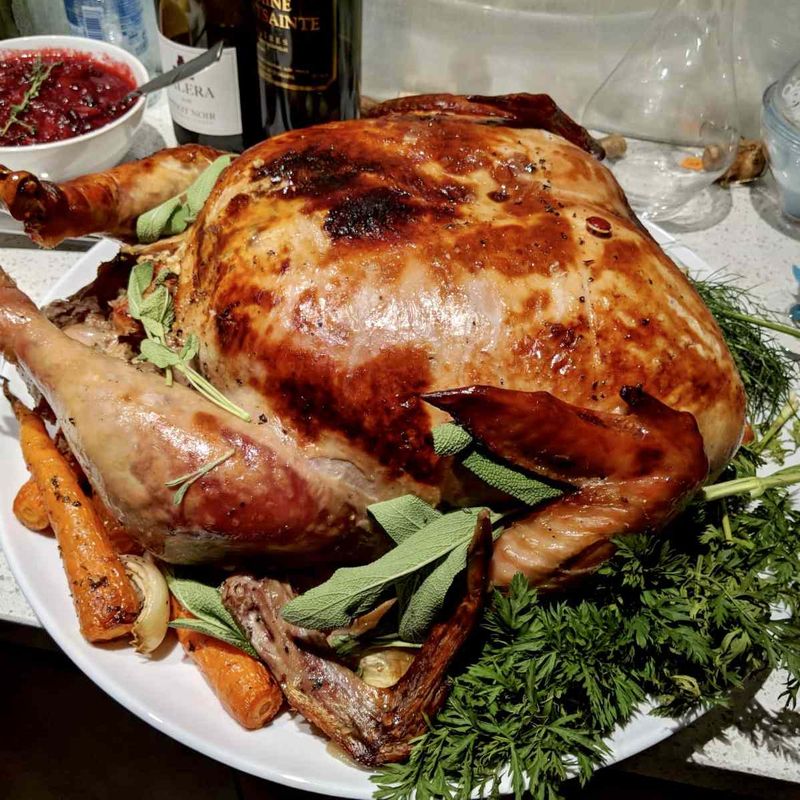
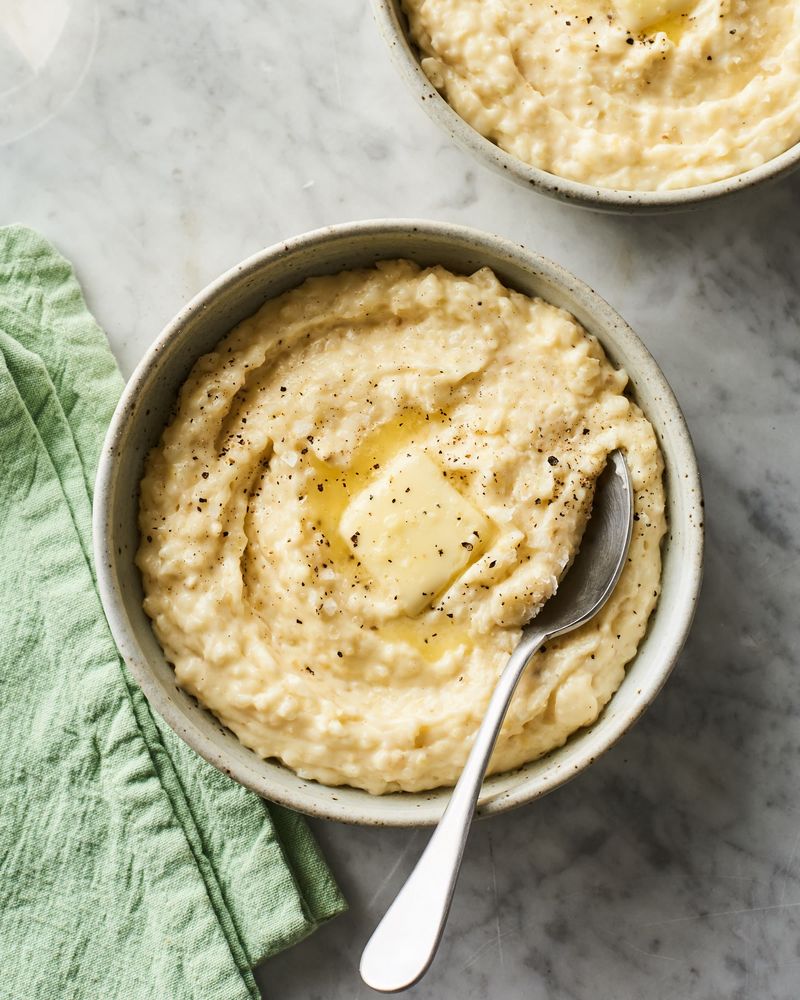
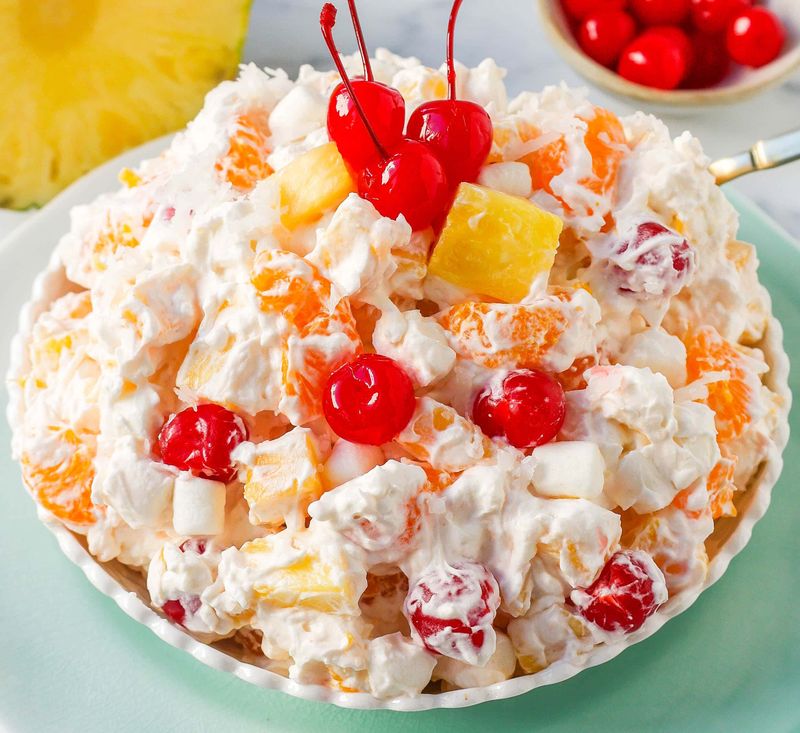
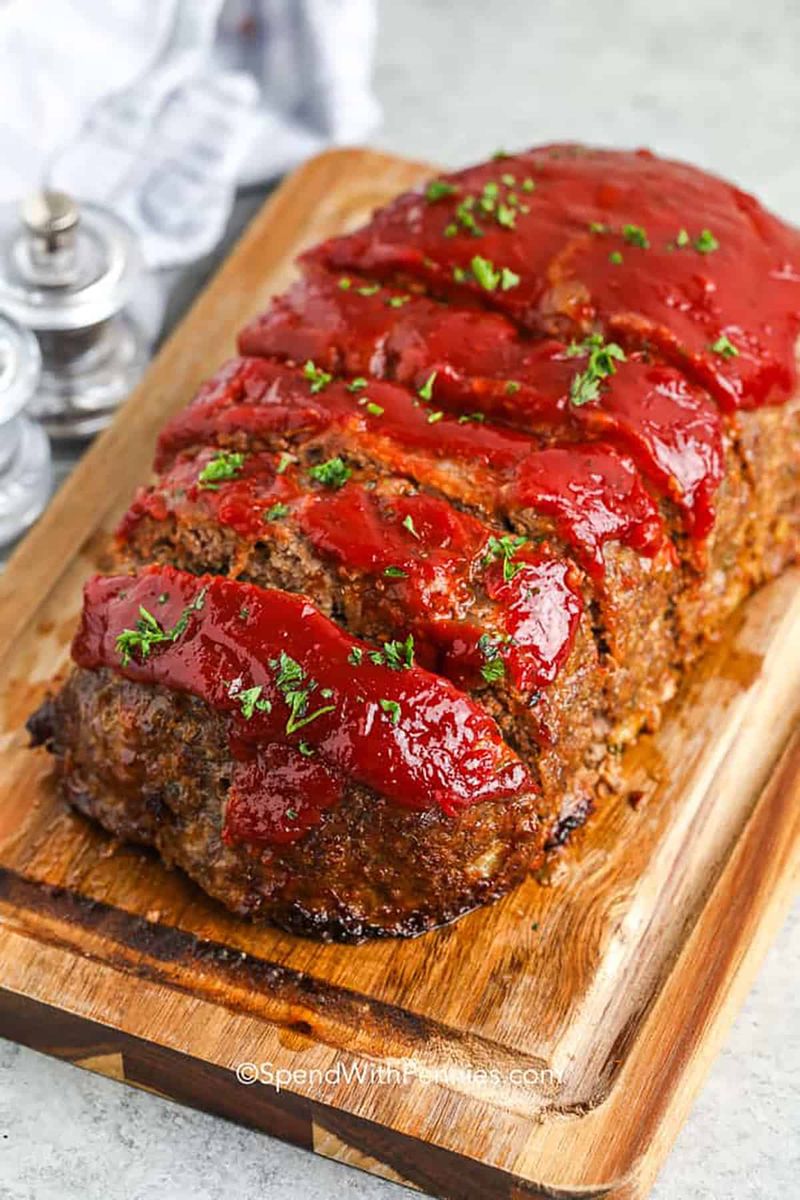
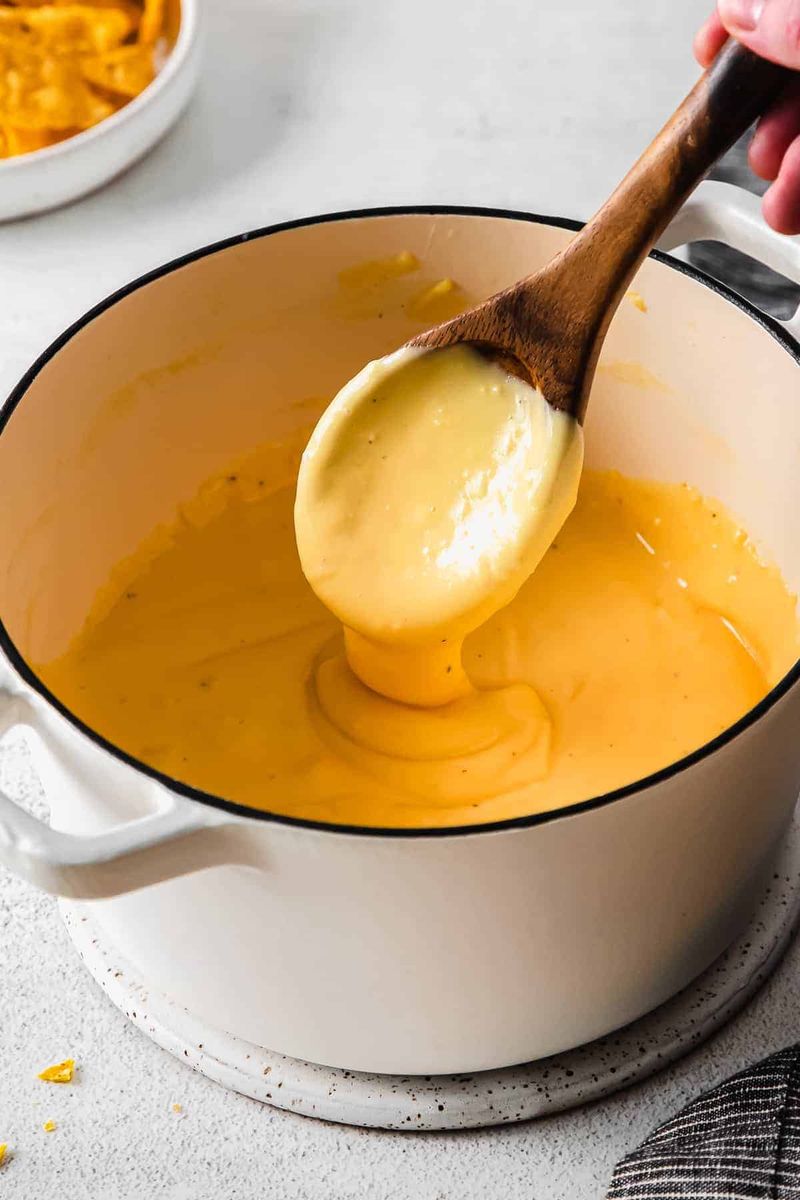
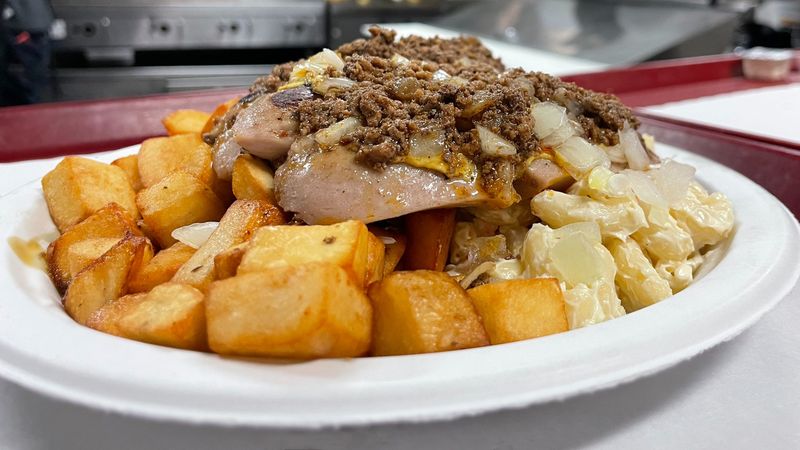
Leave a comment